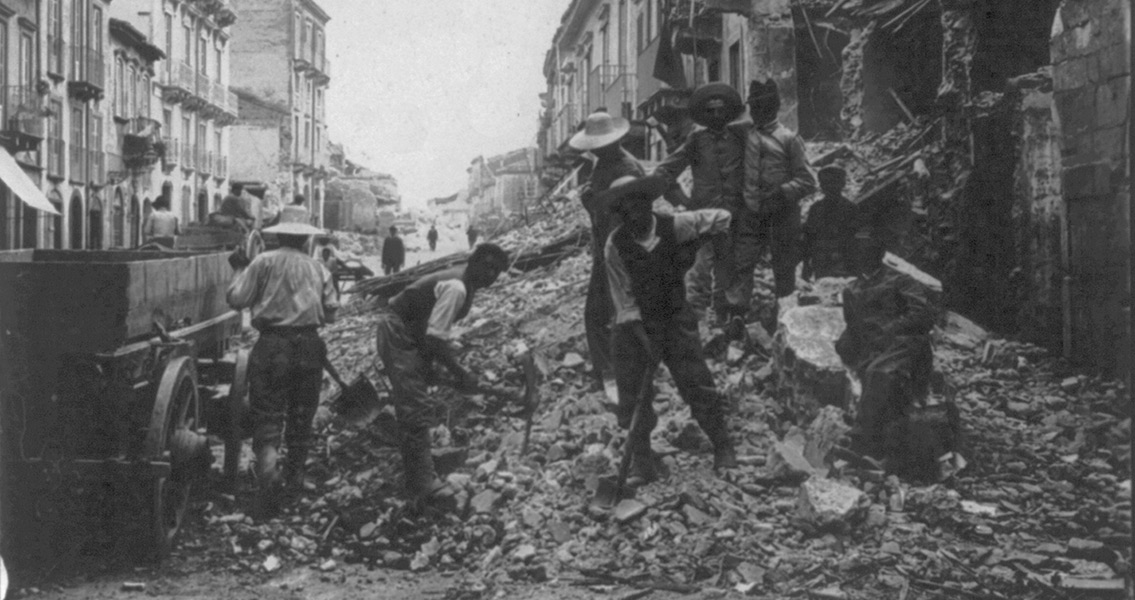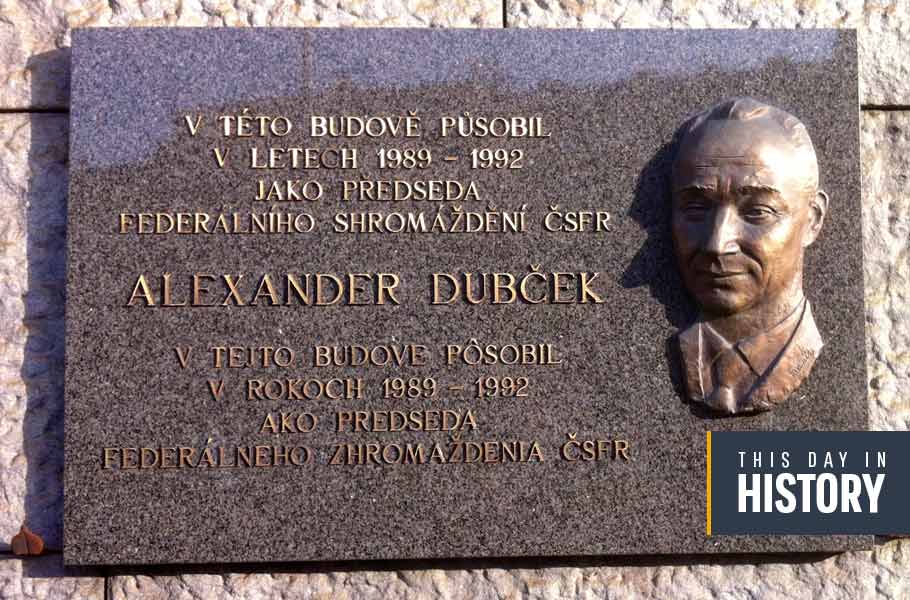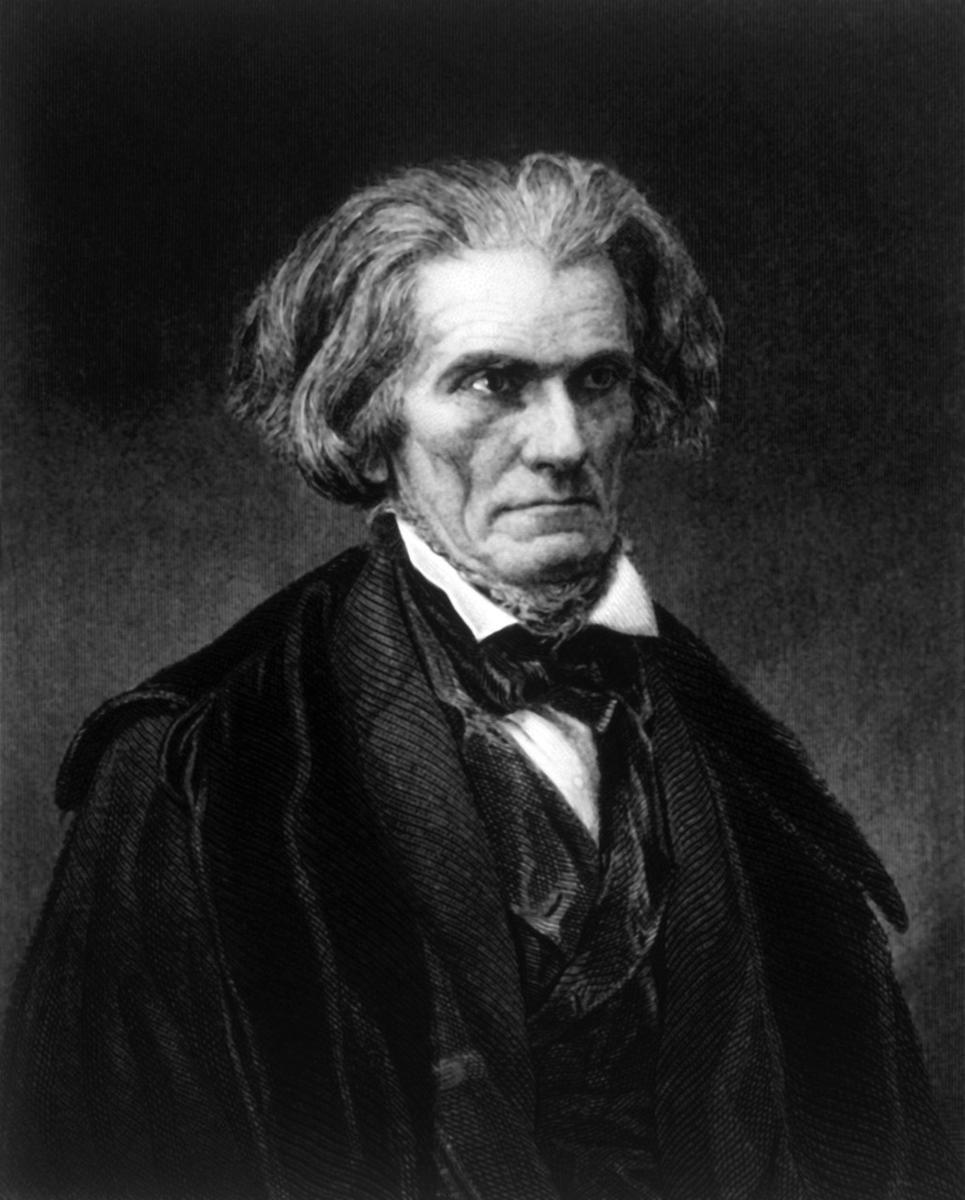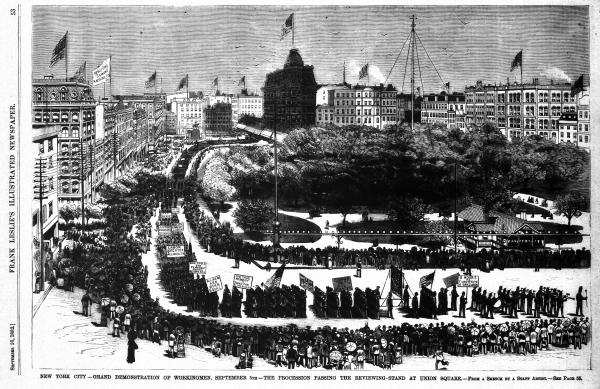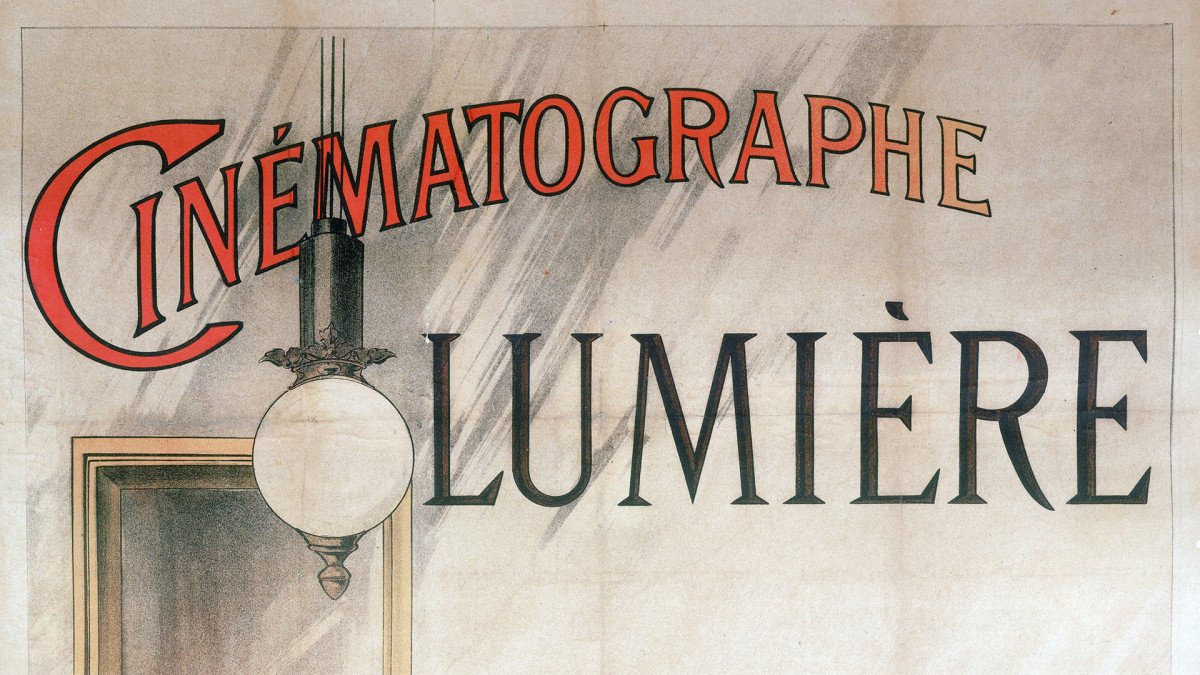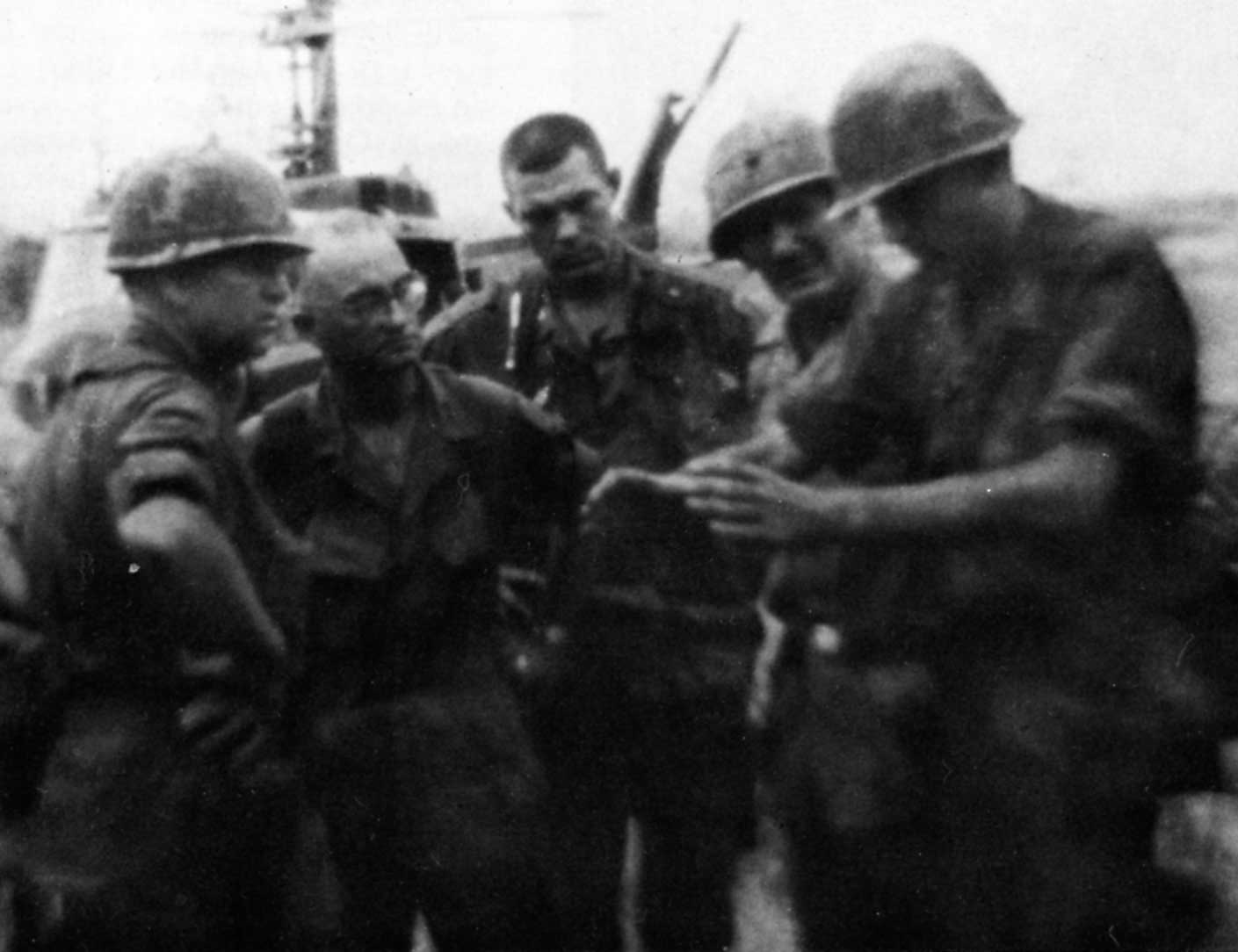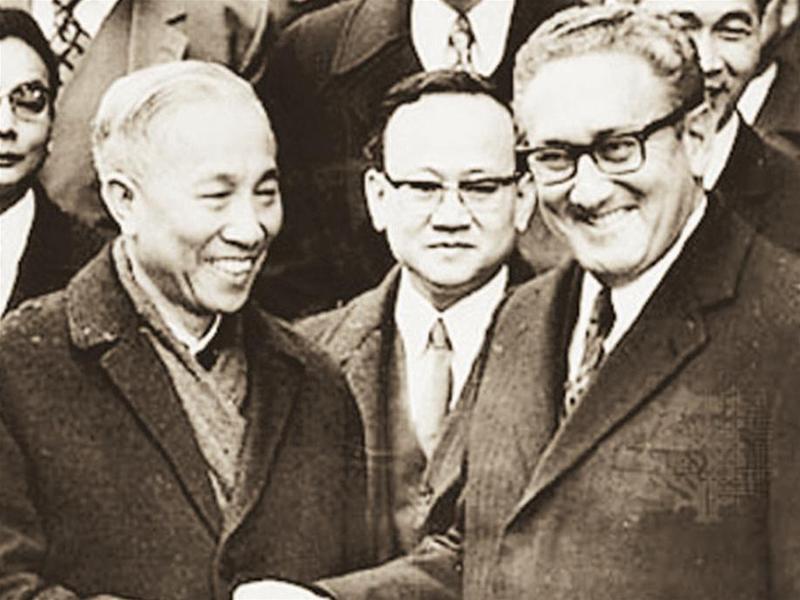Worst European earthquake
At dawn the most destructive earthquake in recorded European history strikes the Straits of Messina in southern Italy leveling the cities of Messina in Sicily and Reggio di Calabria on the Italian mainland.The earthquake and tsunami it caused killed an estimated 100000 people.Sicily and Calabria are known as la terra ballerinathe dancing landfor the periodic seismic activity that strikes the region.In 1693 60000 people were killed in southern Sicily by an earthquake and in 1783 most of the Tyrrenian coast of Calabria was razed by a massive earthquake that killed 50000.
The quake of 1908 was particularly costly in terms of human life because it struck at 520 a.m.without warning catching most people at home in bed rather than in the relative safety of the streets or fields.The main shock registering an estimated 7.5 magnitude on the Richter scale caused a devastating tsunami with 40-foot waves that washed over coastal towns and cities.The two major cities on either side of the Messina StraitsMessina and Reggio di Calabriahad some 90 percent of their buildings destroyed.
Telegraph lines were cut and railway lines were damaged hampering relief efforts.To make matters worse the major quake on the 28th was followed by hundreds of smaller tremors over subsequent days bringing down many of the remaining buildings and injuring or killing rescuers.On December 30 King Victor Emmanuel III arrived aboard the battleship Napoli to inspect the devastation.Meanwhile a steady rain fell on the ruined cities forcing the dazed and injured survivors clad only in their nightclothes to take shelter in caves grottoes and impromptu shacks built out of materials salvaged from the collapsed buildings.
Veteran sailors could barely recognize the shoreline because long stretches of the coast had sunk several feet into the Messina Strait.

